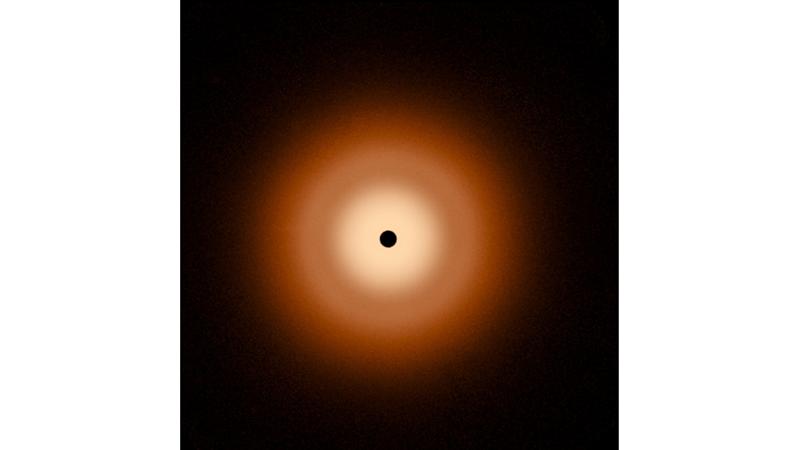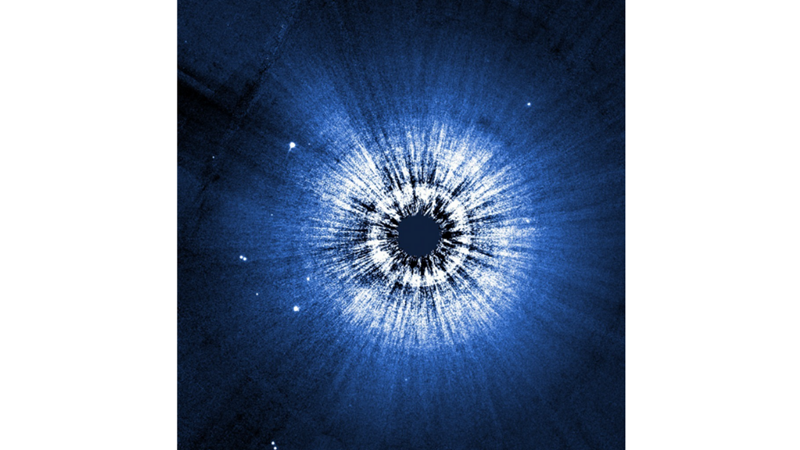THE DEBRIS DISK SURROUNDING THE VEGA STAR
Astronomers have long thought that the star Vega, which surrounds a debris disk about 100 billion miles wide, is made of planet-forming material. But recent observations from Hubble and the James Webb Space Telescope (JWST) call this idea into question.
“The Vega disk is incredibly uniform and extraordinarily smooth,” said Andras Gáspár of the University of Arizona.
The uniquely detailed examinations carried out by these two telescopes revealed that the disk contains no clear evidence for the presence of one or more large planets around Vega.
Hubble, diskin dış halesini, yıldız ışığını yansıtan ve duman yoğunluğundan daha büyük olmayan parçacıklarla görüntülemeyi başardı. Öte yandan, James Webb Uzay Teleskobu, Güneş'imizden 40 kat daha parlak olan bu göz alıcı mavi-beyaz yıldızın çevresinde dönen kum tanesi boyutundaki parçacıklardan yayılan kızılötesi ışımayı detaylı bir şekilde analiz etti.
Elde edilen bulgular, diğer yıldızların çevresindeki gezegen sistemlerinin çeşitliliği ve yapısal farkları konusunda bilim insanlarının mevcut anlayışını gözden geçirmelerini gerektirecek.
Image descriptions:
1 - The Vega disk as imaged by the Hubble Space Telescope. The disk is perfectly circular, with a black spot in the center that blocks the bright glow of a star. As you get closer to the center, the disk turns white. Radial lines extend outward from the center, giving the disk a rippling effect, like the end of a sausage casing. The outer edge of the circular disk is blue.
2 - The Webb image of the disc is an orange, smooth, blurred halo. The inner disk is whiter towards the center and there is a darker band between the inner disk and the more orange outer disk. The disk is also perfectly circular, with a black circle in the center that blocks light from the star.
Image credits: NASA, ESA, CSA, STScI, S. Wolff (University of Arizona), K. Su (University of Arizona), A. Gáspár (University of Arizona)


 Nielawore
Nielawore










Yorum yazmak için lütfen giriş yapınız